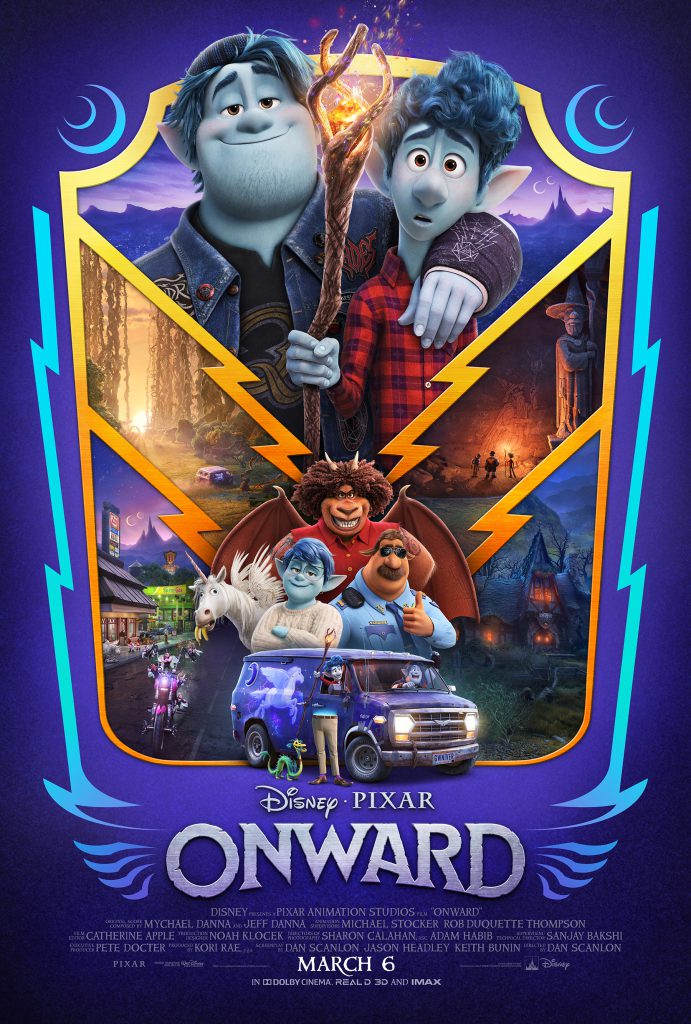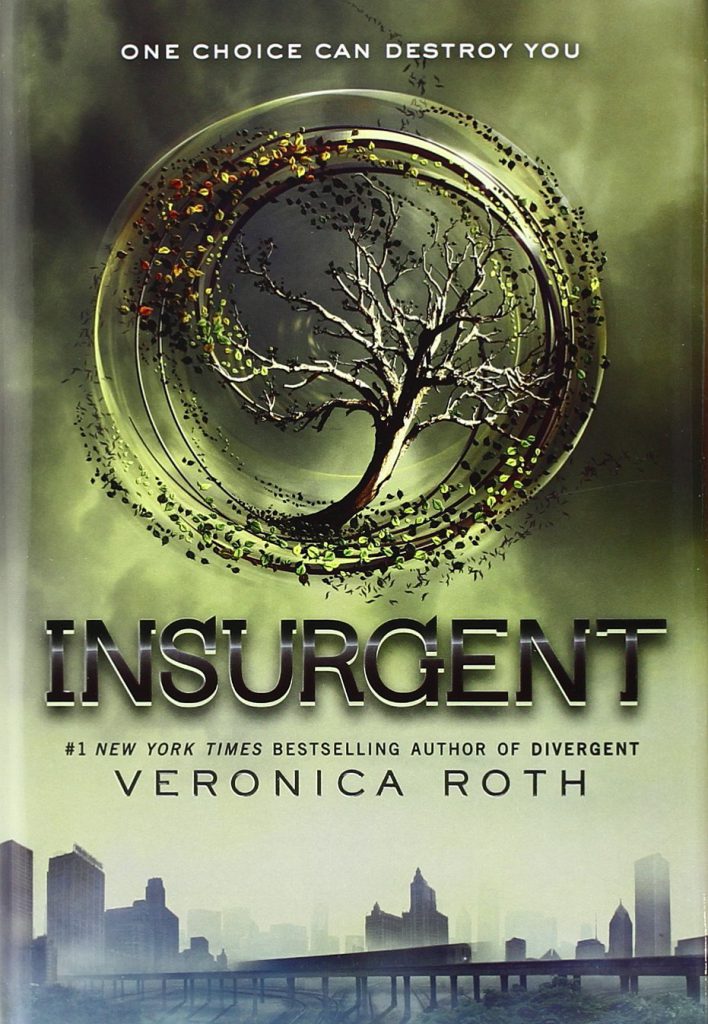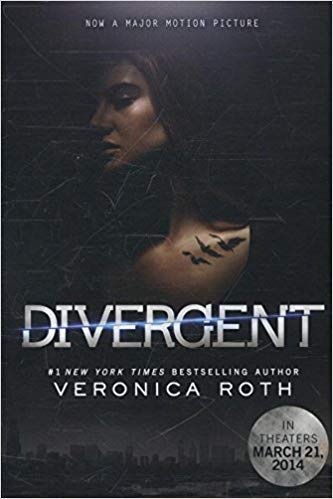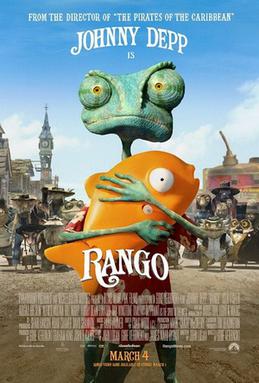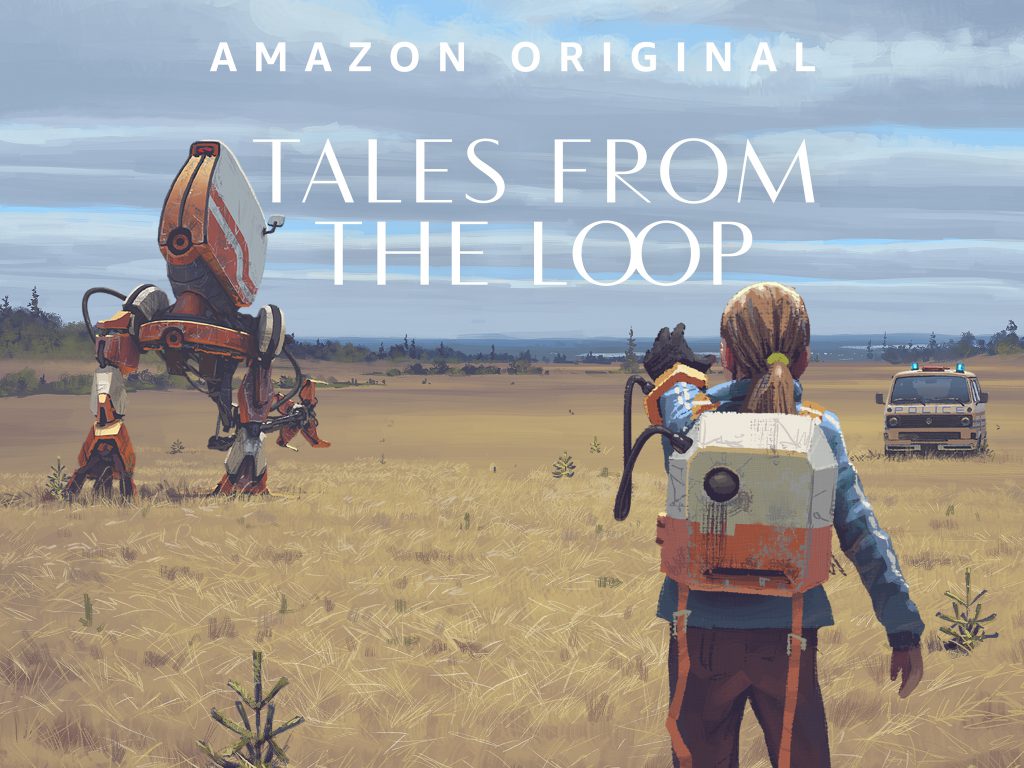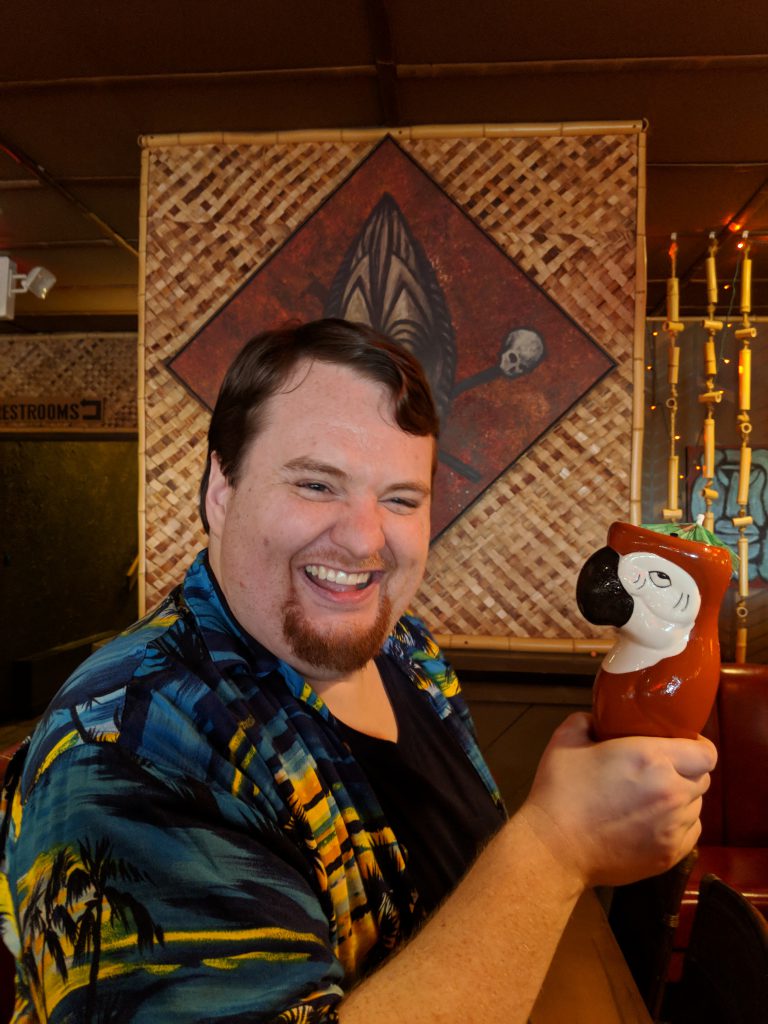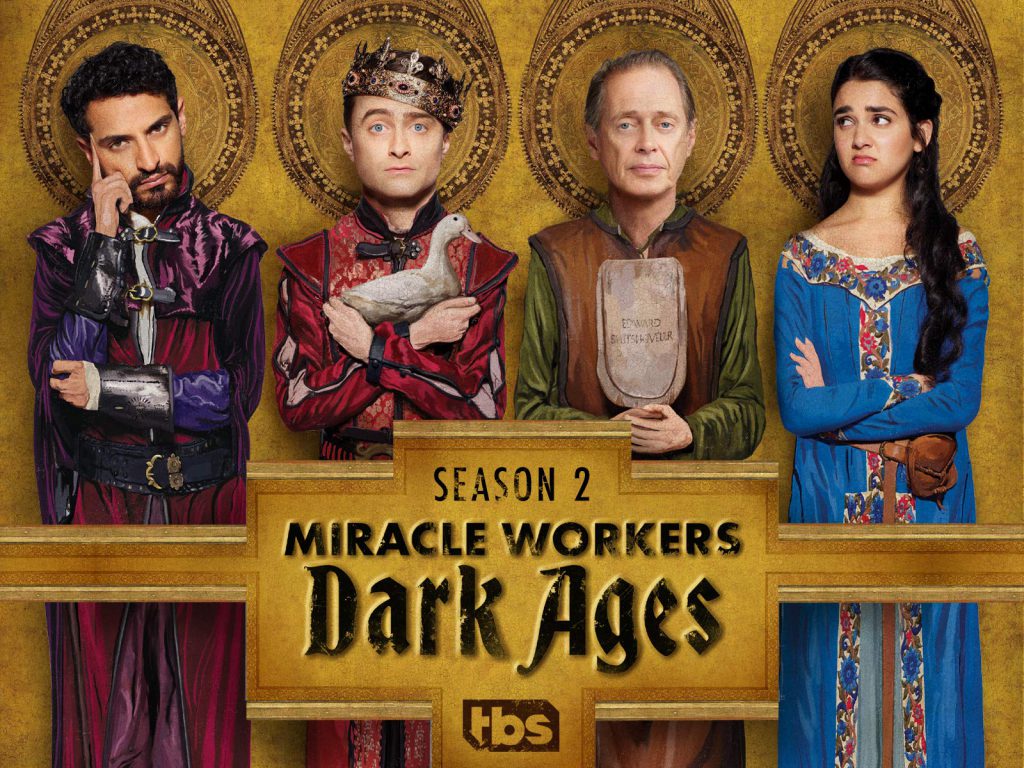133 Poisonwood Avenue would be stronger if it was a killer house. There is an estate at 35 Silver Street that annihilated a family back in the 1800s and its roof has never sprung a leak since. In 2007 it still had the power to trap a bickering couple in an endless hedge maze that was physically only three hundred square feet. 35 Silver Street is a show-off.
133 Poisonwood only ever had one person ever die under its roof. Back in 1989, Dorottya Blasko had refused hospice, and spent two and a half months enjoying the sound of the wind on 133 Poisonwood’s shingles. 133 Poisonwood played its heart out for her every day.
The house misses 1989. It has spent so much of the time since vacant.
Today it is going to change that. It is on its best behavior as the realtor, Mrs. Weiss, sweeps up. She puts out trays of store-bought cookies and hides scent dispensers, while 133 Poisonwood summons a gentle breeze and uses its aura to spook any groundhogs off the property. Both the realtor and the real estate need this open house to work.
Stragglers trickle in. They are bored people more interested in snacks than the restored plumbing. The house straightens its aching floorboards, like a human sucking in their belly. Stragglers track mud everywhere. The house would love nothing more than any of them to spend the rest of their lives tracking mud into it.
A heavyset man with sagging shoulders lets himself in. He has a bit of brownie smudged against the back of his parakeet green hoodie, and doesn’t seem aware of it. Mrs. Weiss gives him a little wave while continuing to hold up a ten-minute conversation with an affluent couple. The couple made the mistake of saying they were “thinking of thinking of conceiving,” and Mrs. Weiss wields statistics about the school district like a cowboy wields a lasso. The couple’s shoes likely cost more than a down payment on the house, but from how often they check their phones, they clearly are headed back to their Mercedes.
The man with the brownie-stained hoodie prowls through 133 Poisonwood’s halls, and it pulls its floorboards so straight that its foundations tremble.
The man doesn’t look at 133 Poisonwood’s floor. He looks at the couple of ripples in the green floral wallpaper, with the expression of someone looking at his own armpit.
The house feels ashamed of the loose wallpaper. It’s vintage painted silk, which Mrs. Weiss says could be a big value-add. Now the house ponders if it can haunt its own glue and help strip the wallpaper away to please him. It’s especially important since he is spending more time here than anyone has yet without Mrs. Weiss wrangling them. It’s like he doesn’t feel the vibes other visitors do, or he doesn’t care about them.
From his behavior, what he cares about is wallpaper, the natural lighting through the windows in the master bedroom and the kitchen.
A child stomps in through the front door, her frizzy hair in three oblong pigtails she probably did herself. A silver keepsake locket clashes with her bright green Incredible Hulk t-shirt. Her elbows are tucked into her chest, hands out like claws, stained with brownie bits.
Every step she takes is deliberate and channels all her tiny body weight to be as heavy as possible. If the house had to guess, the girl is probably pretending to be a dinosaur on the hunt.
The man in the brownie-stained hoodie glances at her. He asks, “Ana. Where’s your coat?”
Ana bellows, “I hate clothes!”
Ana apparently hates clothes so much she immediately grabs the bottom of her Hulk t-shirt and yanks it up over her head. She is careful to keep her locket in place, but chucks the shirt at the man. He grabs for her, and she ducks between his arms, bolting past Mrs. Weiss and the affluent couple, pigtails and locket bouncing.
In their chase, they leave the front door open. The house knows heating oil is expensive. It summons a spectral breeze to shut it for them.
The sound makes Ana pinwheel around, and she points at the door. She says, “Daddy! It’s ghosts!”
Daddy says, “Ana, we talked about this. There’s no such thing as ghosts.”
“You didn’t look.”
“You don’t have to look for things that aren’t there.”
Ana looks at her locket and huffs. “What if it’s Mommy’s ghost?”
Daddy closes his eyes for a moment. “Please just put your shirt back on.”
Ana immediately attacks her own pants. “Clothes are for the weak!”
“Put it on or we are leaving, Ana,” he says, trying to wrestle clothing onto his daughter. She pushes at him, leaving more brownie residue on his hoodie. As they battle, the affluent couple slips out the front door without closing it.
The house closes it for them. Heating oil isn’t cheap.
*
The triangular roof means the second floor only has the space for one bedroom. Mrs. Weiss reads the expression on Daddy’s face, and she attacks with, “The basement is very spacious with generous lighting. It’s cool in the summer, and toasty in the winter.”
Ana says, “Heights are bad luck anyway.”
The four-year-old scarcely looks at the bedroom before backing out. She holds the handrail with both hands as she climbs down the stairs on quivering legs. On the third stair, she freezes entirely.
Daddy is in the middle of surveying the room and misses Ana quivering in place.
Some houses give their residents visions of slaughters or trauma. 133 Poisonwood gives Daddy a swift vision of his daughter’s vertigo. He doesn’t know it’s anyone else’s insight, and wouldn’t believe it, but he’s at the stairs in seconds. Ana holds onto his pants leg until she feels safe.
All 133 Poisonwood has is a light touch, but it knows how to use it. Haunting is an art.
The basement is only half-underground, so the windows are level with the freshly mowed front lawn. Ana spends a moment giggling at the view. Then she whizzes around the basement, from the combination furnace and laundry room, to a storage closet, and to a pair of vacant rooms. They would make a perfect child’s bedroom and playroom.
Ana goes to the west room, announcing, “Daddy. You can keep all the ghosts you bust in here.”
Mrs. Weiss offers, “One of these could be a home office. You said you telecommute? Google Fiber is coming to the area next year.”
Daddy says, “I want to work from home more. I’m a software engineer, and I host a skeptic podcast. You might have heard us.”
The house isn’t offended. It doesn’t believe in ghosts either.
Ana hops back and forth between the two rooms, scrutinizing over and over as though they’ll grow. That is a trick the house doesn’t have.
Daddy says, “We could sleep next door to each other. What do you think?”
Ana says, “But I want a big dino room.”
“You’re getting to be a big dinosaur. How about the room on the top floor?”
Ana’s bottom lip shoots upward like she’s going to run. She clearly won’t settle for the room on the top floor, and there’s only a master bedroom on the first floor. A tantrum is close, and it could ruin everything.
So 133 Poisonwood plays its ace. Every decent haunted house has at least one secret room. Dorottya Blasko used to sew down here when she didn’t want to be pestered, in a room her family couldn’t find. It would be a perfect place for Ana to grow up in. Perhaps she’ll learn to sew.
With the sound of an affectionate kitten, the door opens. Shock hits the adults, who definitely don’t remember there being a room there. Ana doesn’t care, and runs to explore it.
“Uh, we aren’t showing that room,” Mrs. Weiss says, scrambling to cover for herself. She’s panicking, imagining hazards and lawsuits.
She doesn’t understand. 133 Poisonwood is going to clinch the sale for them.
The room runs deep, with an expansive window that hasn’t been seen from the outside in over twenty years. A sewing box with a scarlet and royal blue quilted exterior sits next to a rocking chair, and beneath the window is a broad spinning wheel that still smells like hobbies. Many great dresses were supposed to come out of this room. There are a few cracks on the concrete floor. Nothing a loving father can’t fill in to perfect his daughter’s big dino room.
“Ana,” Daddy calls. “Stay near me.”
Ana ignores the call and runs straight up to the spinning wheel. Her little hands grab onto spokes in the drive wheel, and she turns to the door. “It’s like Mommy’s.”
Daddy says, “Careful, that’s not ours—”
Ana yanks the wheel around to show it off to the adults. She pulls before the house can resist, and the entire device creaks and wobbles. It topples straight down on top of Ana, throwing her to the floor.
Daddy grabs her shoulders and pulls her from between the cracked wheel and treadle. Ana’s too distracted bawling to feel her necklace snag the spindle. The thin chain snaps, and the locket slips from her neck and down a crack in the floor. Without intending to, the house sucks the chain down like a strand of spaghetti. The house tries to spit it out.
Daddy squeezes Ana to his chest so hard she could pop, and keeps repeating, “Are you alright? Are you alright?”
Mrs. Weiss gestures and says, “Her hand.”
“Are you alright?”
Ana says, “Let me fix it!” She stretches her hands to the broken spinning wheel. One of her hands is bleeding and she still wants to use them to clean up her mess. She says, “Daddy, let go, I’ll fix it. Don’t make the ghosts sad.”
That breaks Daddy’s concerned trance, and he lifts her under one arm, ignoring the kicking of her feet. He marches for the stairs. “No. I warned you, and we are leaving.”
“Daddy, no!”
“No more. Say goodbye. You see the ghosts aren’t saying goodbye? Do you know why?”
An urge falls over the house to slam the door shut and trap them all inside. Daddy, Ana, and even Mrs. Weiss, force them all to spend eternity in its hidden room, where they can make dresses, and stay cool in the summer, and warm in the winter. It will shelter them from all the hurricanes the world can create. It needs them.
The phantom door’s hinges and knob tremble as 133 Poisonwood fights itself. In that moment it knows what makes other homes go evil. The killer houses can’t bear to be alone.
133 Poisonwood Avenue would be stronger if it was a killer house. But it isn’t one.
It leaves its rooms open as Daddy carries his bawling daughter out of the basement, her incoherent sounds resonating through the house’s crawl spaces. He carries her up the stairs and out the front door without a backward glance. This time, he remembers to close the door.
*
133 Poisonwood leaves the secret room open in the hopes that someone will come back. It squeezes the cracks in its floor closed, popping the locket out without scratching it. Inside is the picture of a woman with a thick nose and proud eyes. She would have made an excellent ghost. The house would take a phantom for an inhabitant at this point.
The afternoon is sluggish. There are four more visitors, none of whom stay long enough to check the basement for treasure. The hours chug by, and Mrs. Weiss spends most of the time on her phone.
With half an hour of daylight left, a red sedan pulls up. The driver lingers outside for two minutes before knocking. It’s Daddy.
Mrs. Weiss answers and forces a smile, “Ulisses. Is Ana okay?”
Daddy says, “It was a scratch. Thanks for being understanding before.”
She says, “I’m so sorry about that. I told the team this place was supposed to be empty.”
He says, “Have you seen a locket? Ana wears it everywhere and it’s gone missing.”
Mrs. Weiss holds the door open for him, “We can check around. What does it look like?”
“It has a picture of Ana’s mother inside. It’s one of few gifts she still has from her.”
“She was your wife?”
“She was going to be,” he says, and looks around the master bedroom with an expression even emptier than the space. “There was an accident on our apartment’s fire escape. She had a fall.”
“Oh, that’s terrible.”
“Right now, Ana needs all the comfort she can get. So if we can find that locket, it’d save our lives.”
They look around, the man so tired every step looks heavy. It’s amazing he could stagger into a motel bed, let alone go hunting for a locket. The house hasn’t seen someone as in need of a home in years.
Mrs. Weiss says, “I had something like that after my father passed away. Makes her feel like her mother’s spirit is still with her?”
“Superstitions aren’t comforting to me,” he says, fatigue giving way to scorn, as though daring the house’s walls to do something. “And Ana’s mother was an atheist.”
The house is tempted to give Daddy the shock of his life and toss the locket to him. Give him back the image of his lover and proof of its power.
But he doesn’t need to believe in hauntings. With his slumped shoulders, and his clothes stained with his daughter’s food, and the pieces of their lives he is trying to put together?
What he needs is a win.
So the house uses what little strength it has to levitate the locket onto the top basement stair. It twists it so the light catches it, and shines into the upstairs living room.
Daddy finds the precious locket on his own. He bends over it, brushing a thumb over his lover’s image. He heaves a sigh through his nose like he wishes he could fit inside the locket.
The house lets him be proud of himself. It will hold onto this memory for the cold years ahead until it is bulldozed.
Daddy stands up without the locket, leaving it behind. The house tries to send him a vision warning that he’s forgotten what he came here for.
The mental image doesn’t change what he’s doing.
He goes right outside, to his sedan where Ana sits, rubbing at her puffy eyes and runny nose. Daddy says, “It might be here. Do you want to help me look?”
The house cannot cry. There is just a little air in its pipes.
Ana flops out of the car and trudges into 133 Poisonwood. She spends too long poking around the kitchen, a room she was barely in earlier. Daddy plays an even worse sleuth, deliberately checking around empty hallways that give him a view of when Ana finally checks the basement door.
“Mommy!” she cheers. She sits right down on the stair and hugs the locket to her throat, voice trembling with emotions too big for her body. “Mommy came back!”
Daddy asks, “So you found it?”
“I told you she’d be here. Mommy wanted me to find it.”
“Your mother didn’t do that, Ana.”
She scrunches her nose and mimics his voice to say, “You don’t know that.”
Daddy puts a hand over the locket. “You found this. Not anybody else. You don’t need ghosts,” and he taps her on the temple, “because you have the best parts of your mother inside you.”
Ana gazes up at her father with glossy eyes.
133 Poisonwood has never so understood what it wants to do for people as when it watches this parent. It tries to hold onto the vibrations of his voice in its walls.
Then Ana says, “Nah. The ghosts left it here.”
She hauls off to the living room, hopping in late afternoon sunbeams, and holding the locket in the light.
Reason is defeated for the moment. Daddy doesn’t fight her on it. He rests against the wall, against the wallpaper he hates, taking the house for granted. The house plays a tune on its shingles, the same one that calmed Dorottya Blasko in 1989.
Daddy calls, “Mrs. Weiss?”
“Please, call me Carol,” she says. She’s been pretending she wasn’t lurking ten feet away this whole time. “You’re very sweet with Ana. You can just tell some people were born with the knack.”
“Three rooms in the basement. This is a lot of house for the money, isn’t it?”
“It’s just a family short of a home.”
133 Poisonwood would be more charmed by the line if it hadn’t heard her say that eight other times today.
Daddy says, “I like the space this place has for her. There’s plenty of room to run. And she loves to run. Going to be a track and field star.”
“I said to myself that this place looks happier when you’re in it. It suits you.”
The house can tell he wants to say he doesn’t believe that.
He says, “What we need is somewhere to start fresh.”
Mrs. Weiss offers him a folio of data on the house and gestures to the basement. “Care for another look around?”
“Yeah. Thank you.” He takes the folio. “While Ana is playing upstairs, can we check how insulated from sound that sewing room is? It’s funny, but I thought it might make a good podcast studio.”
If houses could laugh. He sounds so unguarded and sincere.
This tired skeptic doesn’t need to know that his podcast room doesn’t technically exist. If he finds the blueprints for 133 Poisonwood, he’ll shave away what he doesn’t understand with Occam’s razor. The house doesn’t need him to believe in anything but himself and his daughter. It isn’t here for the gratitude. It can try to support him as well as he supports Ana. If anything is as patient as a parent, it’s a haunting.
© 2020 by John Wiswell
Editor’s Note: The original posting of this story included a terminology error where a spindle was confused with a spinning wheel. This has been corrected. Thank you to “Janice in GA” who first pointed out the error.
Author’s Note: At the World Fantasy Convention in 2018, I went to dinner with some lovely people who let me babble about Horror. I read, watch, and play Horror every week, but I barely ever write it. Instead I tend to put Horror-y things back out as humorous stories or heartwarming stories. Off the top of my head I gave them the example that if I wrote a haunted house story, it wouldn’t be like Haunting of Hill House – it would be about a haunted house that was lonely and desperately wanted someone to live in it. One of my fellow authors reached across the table, grabbed me by the hand, and said, “Please write this.” On the train ride home, I did. So this story is dedicated to Natalia Theodoridou, who demanded I help 133 Poisonwood find its family and its audience – all of you.
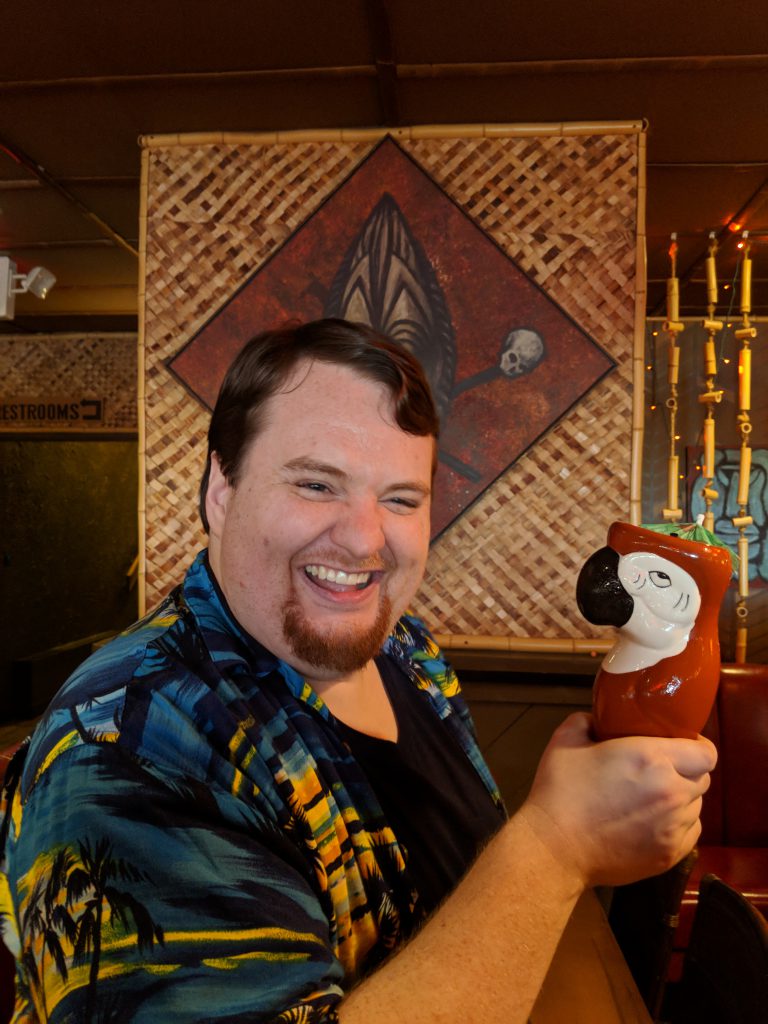
John (@wiswell) is a disabled writer who lives where New York keeps all its trees. His work has appeared in Uncanny Magazine, Nature Futures, and Fireside Magazine. He wishes all readers the comfort that their settings wish they could provide.
If you enjoyed the story you might also want to visit our Support Page, or read the other story offerings. John’s fiction has previous appeared here in Diabolical Plots with “Tank!” in June 2018. John’s story “For Lack of a Bed” was published here as well in April 2021.











